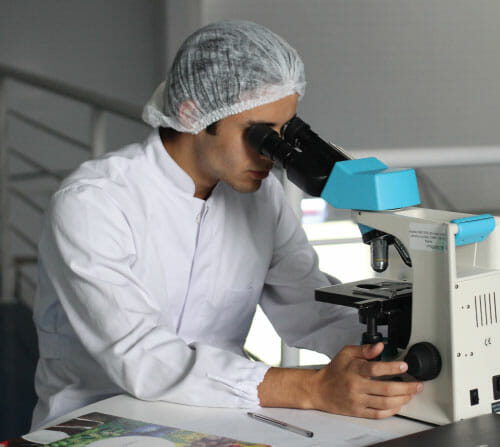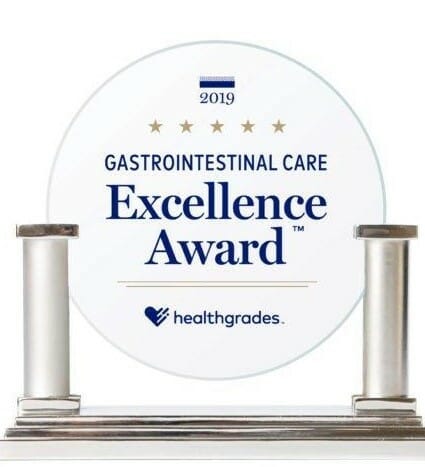Liver Biopsy
QUICK LINKS

What is a Liver Biopsy and What Purpose Does It Serve?
A liver biopsy is a procedure that involves removing a very small portion of liver tissue and examining it under a microscope for signs of damage or disease. Your doctor may recommend a liver biopsy if blood tests or ultrasound tests indicate there might be a problem, or if you have liver disease and your doctor wants to check its progression.
The most common type of liver biopsy is called a percutaneous liver biopsy. This involves the doctor inserting a small, hollow needle into your abdomen that removes a tiny bit of liver tissue. If your doctor determines this type of biopsy isn’t right for you, you may receive a transjugular liver biopsy that uses a needle inserted through a vein in your neck. You may also have a laparoscopic biopsy that involves your doctor using a tiny video camera inserted into your abdomen to help guide special tools that take a sample of your liver.
A liver biopsy is a common way to diagnose and stage different liver diseases, including:
- Nonalcoholic fatty liver disease
- Chronic hepatitis B or C
- Autoimmune hepatitis
- Alcoholic liver disease
- Primary biliary cirrhosis
- Primary sclerosing cholangitis
- Hemochromatosis
- Wilson’s disease
A liver biopsy can help your doctor determine the best treatment options for your condition.
How Should I Prepare for the Procedure and What Can I Expect?
Depending on your circumstance and the type of liver biopsy you’re undergoing, your doctor may provide you with specific dietary instructions and any temporary adjustments to your medication. Your doctor will also determine whether you need additional blood tests before your procedure and whether a sedative will make you more comfortable.
When you arrive for your procedure, we’ll place an IV and give you the sedative if the doctor prescribes one.
Percutaneous biopsy: We’ll apply a numbing medication beneath your rib cage on the right side. Once the area is numb, the doctor will make a small incision and insert the biopsy needle to quickly extract a sample of your liver tissue. It only takes a few seconds.
Transjugular biopsy: Your doctor will apply numbing medication to one side of your neck. Once it takes effect, the doctor will make a small incision for a plastic tube that will run through your jugular vein and into the large vein in your liver. X-rays will help the doctor guide the tube and then the biopsy needle to your liver.
Laparoscopic biopsy: This type of biopsy requires you receive general anesthesia. Your doctor will make a small incision in your abdomen and insert a scope with a video camera and light. The camera will capture and transmit the images to a monitor to help the doctor carefully guide instruments to the liver.
The liver biopsy procedure and recovery times vary for each patient. You will likely need someone to drive you home. For all biopsy types, you may experience soreness for up to a week where the doctor inserted the needle. You should avoid lifting more than 10-15 pounds for a week. After that, most patients can resume normal activities.
Your doctor will follow up with you to discuss your biopsy results and determine if you should have any additional tests or procedures.
Learn More: Liver Biopsy
Ready to Schedule an Appointment or Need More Information?
At Digestive Health Associates, we are dedicated to helping you achieve and maintain an optimal level of digestive health.









